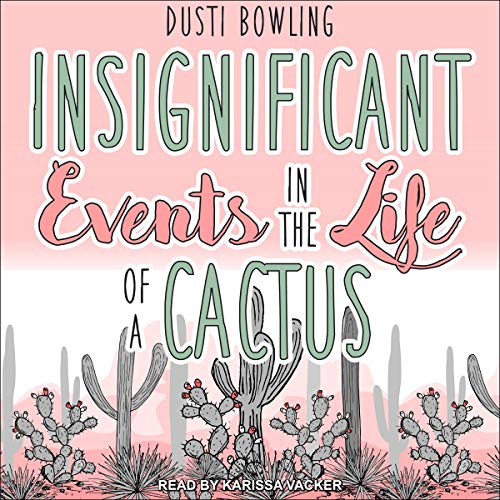Insignificant Events in the Life of a Cereus: A Cactus’s Uneventful Yet Enduring Journey
The scorching desert sun beats down on a landscape of sculpted sand dunes and resilient vegetation. Amongst the spiny ocotillo and the vibrantly blooming hedgehog cactus, stands Cereus, a saguaro cactus, his arms reaching skyward. Unlike the dramatic events that unfold in the lives of some creatures – the gazelle’s desperate sprint from a cheetah, the salmon’s arduous journey upstream – Cereus’s life might seem insignificant, a series of slow, subtle changes against the backdrop of the vast, unchanging desert. But delve deeper, and you’ll discover a narrative of resilience, adaptation, and the quiet beauty of perseverance.
The Slow Burn: A Cactus’s Growth Spurt (Measured in Decades)
Cereus’s life begins as a tiny seed, nestled amongst the desert rocks. Germinating during a rare rainfall, he pushes his first green shoot towards the unforgiving sun. Growth for a cactus is a slow and patient affair. Each year, a new segment, called an arm, emerges from the top of the cactus. It can take decades for Cereus to reach a height of just a few feet, each new arm a testament to his tenacity in the harsh environment.
Daily Rhythms: Battling the Elements
Cereus’s days are a quiet symphony of adaptation. His thick, waxy skin shields him from the scorching sun, minimizing water loss through evaporation. His shallow root system absorbs any precious rainwater that manages to penetrate the arid soil. At night, Cereus opens his stomata, tiny pores on his skin, to take in carbon dioxide for photosynthesis. The coolness of the desert night allows him to capture this vital gas without losing valuable moisture.
The Occasional Spectacle: A Desert Bloom (Worth the Wait)
Years may pass without a single dramatic event in Cereus’s life. Then, under a particularly favorable combination of increased rainfall and warm temperatures, a miracle unfolds. Cereus, having reached a certain age and maturity (often decades old), produces magnificent white flowers. These fragrant blooms, some as wide as dinner plates, open at night, attracting pollinators like bats and moths. The brief spectacle of a blooming saguaro is a breathtaking sight in the vast desert landscape, a reward for Cereus’s patient existence.
The Cycle Continues: Leaving a Legacy
After a few days, the magnificent blooms fade, leaving behind fruits, the potential for future generations. Animals, drawn by the sweet scent, will consume the fruits, dispersing the seeds within, carrying the potential for new life across the desert. Even in his death, Cereus contributes to the delicate balance of the desert ecosystem.
The Beauty of the Insignificant: Lessons from a Cactus
Cereus’s life might seem uneventful compared to the chases and escapes of the animal kingdom. However, his story holds valuable lessons:
- Resilience: Cereus thrives in a harsh environment, demonstrating the power of perseverance in the face of adversity.
- Adaptation: He has adapted to conserve water and survive the scorching heat, a testament to the power of evolution.
- Patience: His slow growth and sporadic blooms remind us that some things in life are worth the wait. Even the smallest progress, year after year, leads to a magnificent presence.
- Beauty in Simplicity: Cereus’s stark form and infrequent blooms hold a unique aesthetic beauty, a reminder to appreciate the quiet wonder of nature.
Cereus’s story reminds us that significance isn’t always about grand gestures or dramatic events. It’s about enduring, adapting, and contributing to the larger ecosystem, even in subtle ways. The next time you find yourself in the desert, take a moment to appreciate the quiet resilience of a cactus, a testament to the beauty of the insignificant.
FAQ: Unveiling the Secret Lives of Cacti
Q: How long can a cactus like Cereus live?
Saguaro cacti (Cereus giganteus) are known for their exceptional longevity. They can live for hundreds of years, with some specimens estimated to be over 1,500 years old!
Q: Do all cacti bloom with large white flowers?
No, the flower size and color vary greatly between cactus species. Some cacti have small, inconspicuous flowers, while others, like the night-blooming cereus, produce magnificent blooms that only open for a single night.
Q: How often do cacti need to be watered?
Cacti are incredibly water-efficient plants. The frequency of watering depends on the specific species, pot size (if potted), and climate. In general, cacti need to be watered infrequently, allowing the soil to dry completely between waterings. Overwatering is a leading cause of death for cacti kept as houseplants.






More Stories
Where to Watch USMNT vs Jamaica National Football Team
How I Met My Monster
How Should a Ring Fit